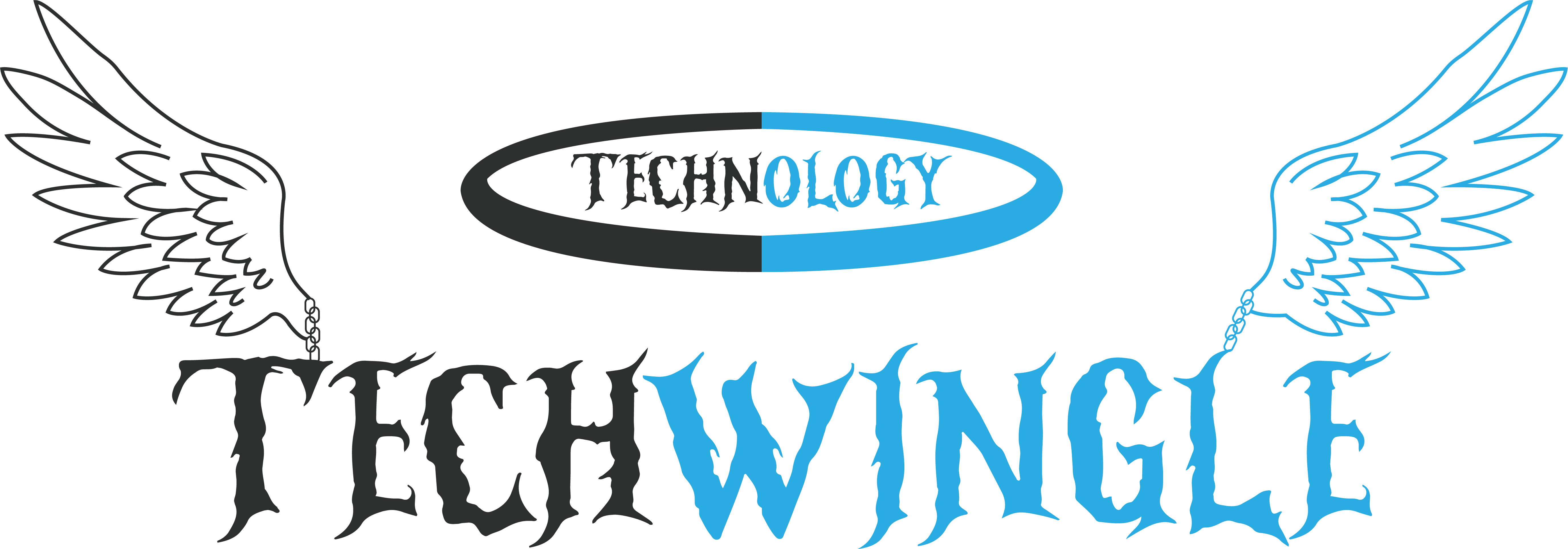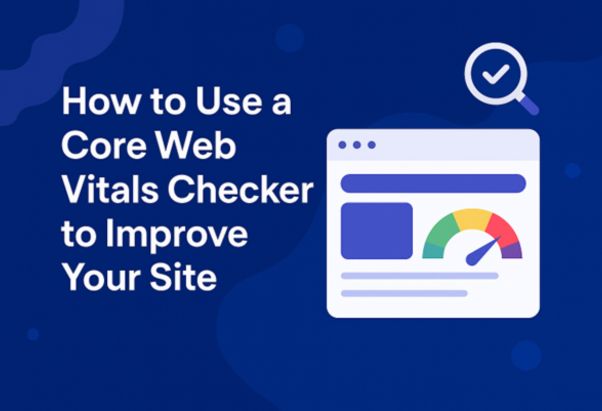If you’re serious about improving your website’s performance and search rankings, mastering Core Web Vitals is non-negotiable. These metrics, introduced by Google, directly impact user experience and now play a significant role in SEO. Using a Core Web Vitals checker is one of the easiest and most efficient ways to assess how your site performs in real-world conditions, more importantly, how to fix what’s slowing it down.
In this guide, we’ll walk you through what Core Web Vitals are, how to use a checker tool, and actionable tips to improve your scores for better UX and SEO outcomes.
What Are Core Web Vitals?
Core Web Vitals are a set of standardized metrics that evaluate your site’s page experience based on real user interactions. Google currently focuses on three main metrics:
- Largest Contentful Paint (LCP): Measures loading performance. Ideal is under 2.5 seconds.
- First Input Delay (FID): Measures interactivity. Ideal is under 100 milliseconds.
- Cumulative Layout Shift (CLS): Measures visual stability. Ideal is less than 0.1.
These metrics reflect how fast and stable your site feels to users and are essential for both desktop and mobile SEO performance.
Why Use a Core Web Vitals Checker?
A Core Web Vitals checker gives you real-time insights into how your pages perform based on Google’s performance benchmarks. Instead of guessing what needs improvement, a checker reveals concrete data and diagnostics.
Key benefits include:
- Identify high-impact performance issues
- Monitor ongoing improvements
- Align with Google’s page experience ranking signals
- Deliver a smoother user experience
Popular Core Web Vitals Checker Tools
There are several reliable tools to check Core Web Vitals, including:
- Google PageSpeed Insights
Offers lab and field data, showing both Core Web Vitals and optimization suggestions. - Lighthouse (via Chrome DevTools)
Gives performance scores and helps developers test locally. - Web Vitals Extension (Chrome)
A lightweight way to see Core Web Vitals as you browse. - Search Console (Core Web Vitals Report)
Provides performance data from real users (field data) over time. - Dedicated third-party Core Web Vitals checker tools
These can scan entire sites, offer bulk checking, or integrate into CI/CD workflows.
Step-by-Step: How to Use a Core Web Vitals Checker
Step 1: Choose Your Tool
Start with PageSpeed Insights if you want a free, Google-backed checker. For a broader view across multiple URLs, use Search Console or a third-party Core Web Vitals checker that supports bulk audits.
Step 2: Enter the URL
Paste your page URL into the checker. Ensure you test both mobile and desktop views, as their performance can vary significantly.
Step 3: Analyze the Report
Each tool will break down LCP, FID, and CLS with thresholds labeled as Good, Needs Improvement, or Poor. Focus on any metrics not marked as “Good.”
Step 4: Review Recommendations
Most checkers provide detailed suggestions like:
- “Defer offscreen images”
- “Minimize main-thread work”
- “Reduce JavaScript execution time”
- “Use efficient cache policy for static assets”
Step 5: Optimize Based on Results
This is where development action begins. Here are some quick-win tactics based on each Core Web Vital:
- LCP Improvements:
Compress images, use lazy loading, optimize server response times. - FID Improvements:
Reduce JavaScript execution, defer non-critical JS, and use browser-native inputs. - CLS Improvements:
Set image and video dimensions explicitly, and avoid inserting elements above content.
Step 6: Retest Regularly
After implementing changes, recheck your pages to see the impact. Continuous monitoring using automated Core Web Vitals checker tools can help keep your site in good standing over time.
Pro Tips for Better Core Web Vitals Performance
- Prioritize Mobile: Google indexes mobile-first. Always start optimization from a mobile perspective.
- Use a CDN: A content delivery network improves LCP by reducing latency.
- Audit Third-Party Scripts: Marketing tags, chat widgets, and external libraries can add to FID and CLS.
- Implement lazy loading and preloading wisely: These techniques improve perceived performance without compromising SEO.
Core Web Vitals and SEO: Why It Matters
Since June 2021, Core Web Vitals have been an official part of Google’s ranking algorithm under the Page Experience update. While they’re not the only factor, poor vitals can limit your visibility, especially when competing with high-performing pages in the same niche.
Fast, stable, and responsive websites not only earn better search rankings but also see:
- Lower bounce rates
- Higher average session durations
- Improved conversion rates
Investing in your Core Web Vitals now is a smart long-term SEO strategy.
Final Thoughts
Using a Core Web Vitals checker is no longer optional-it’s essential for site owners, developers, and marketers aiming for superior performance and SEO results. With the right tools and optimization practices, you can ensure your site loads fast, interacts smoothly, and maintains visual stability-keeping both users and search engines happy.
Start analyzing your site today with a trusted Core Web Vitals checker and take the first step toward measurable UX and ranking improvements-contact us for expert guidance.
Read More About Software





